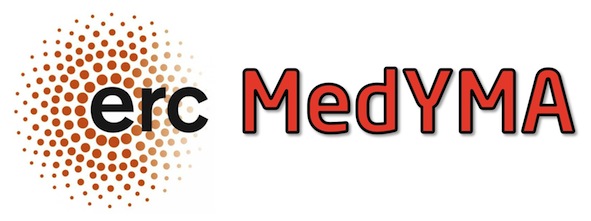 The Asclepios team was awarded an ERC Advanced Grant. This project called MedYMA is dedicated to Biophysical Modeling & Analysis of Dynamic Medical Images.
The Asclepios team was awarded an ERC Advanced Grant. This project called MedYMA is dedicated to Biophysical Modeling & Analysis of Dynamic Medical Images.
During the past decades, exceptional progress was made with in vivo medical imaging technologies to capture the anatomical, structural and physiological properties of tissues and organs in a patient, with an ever increasing spatial and temporal resolution. The physician is now faced with a formidable overflow of information, especially when a time dimension is added to the already hard to integrate 3-D spatial, multimodal and multi-scale dimensions of modern medical images. This increasingly hampers the early detection and understanding of subtle image changes which can have a vital impact on the patient’s health.
To change this situation, this project introduces a new generation of computational models for the simulation and analysis of dynamic medical images. Thanks to their generative nature, they will allow the construction of databases of synthetic, realistic medical image sequences simulating various evolving diseases, producing an invaluable new resource for training and benchmarking. Leveraging on their principled biophysical and statistical foundations, these new models will bring a remarkable added clinical value after they are personalized with innovative methods to the medical images of any specfi c patient.
By explicitly revealing the underlying evolving biophysical processes observable in the images, this approach will yield new image processing tools to correctly interpret the patient’s condition (computer aided diagnosis), to accurately predict the future evolution (computer aided prognosis), and to precisely simulate and monitor an optimal and personalized therapeutic strategy (computer aided therapy). First applications will concern high impact diseases including brain tumors, Alzheimer’s disease, heart failure and cardiac arrhythmia and will open new horizons in computational medical imaging.
You can find additional information on a dedicated Inria web page.



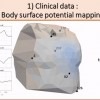 Non invasive cardiac personalisation
Non invasive cardiac personalisation
 Simulation of ventricular tachycardia re-entry circuit
Simulation of ventricular tachycardia re-entry circuit
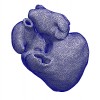 heartMeshFine
heartMeshFine
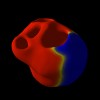 Electrophysiology
Electrophysiology
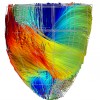 Cardiac Fibres from in vivo Diffusion Tensor Imaging
Cardiac Fibres from in vivo Diffusion Tensor Imaging
